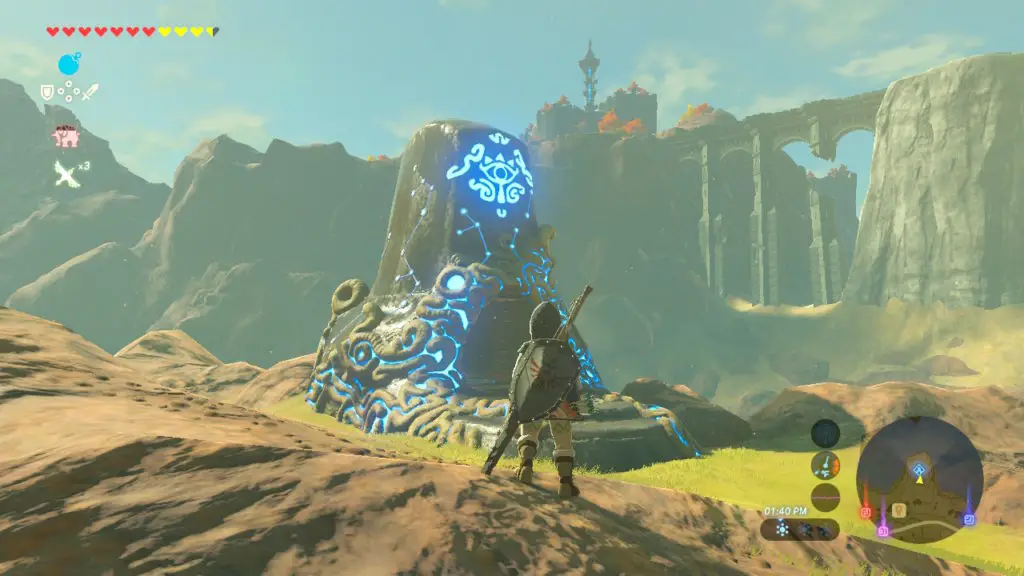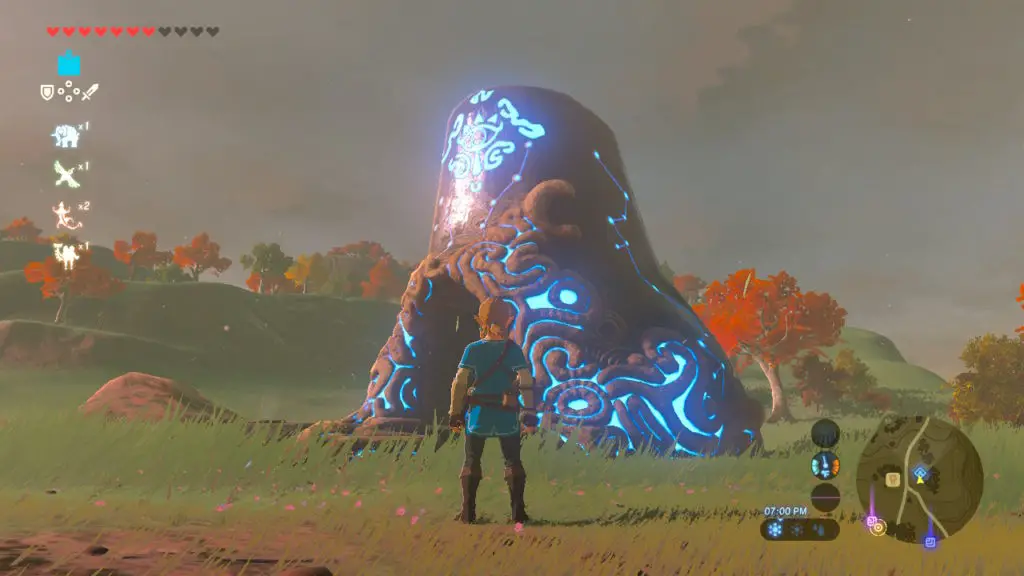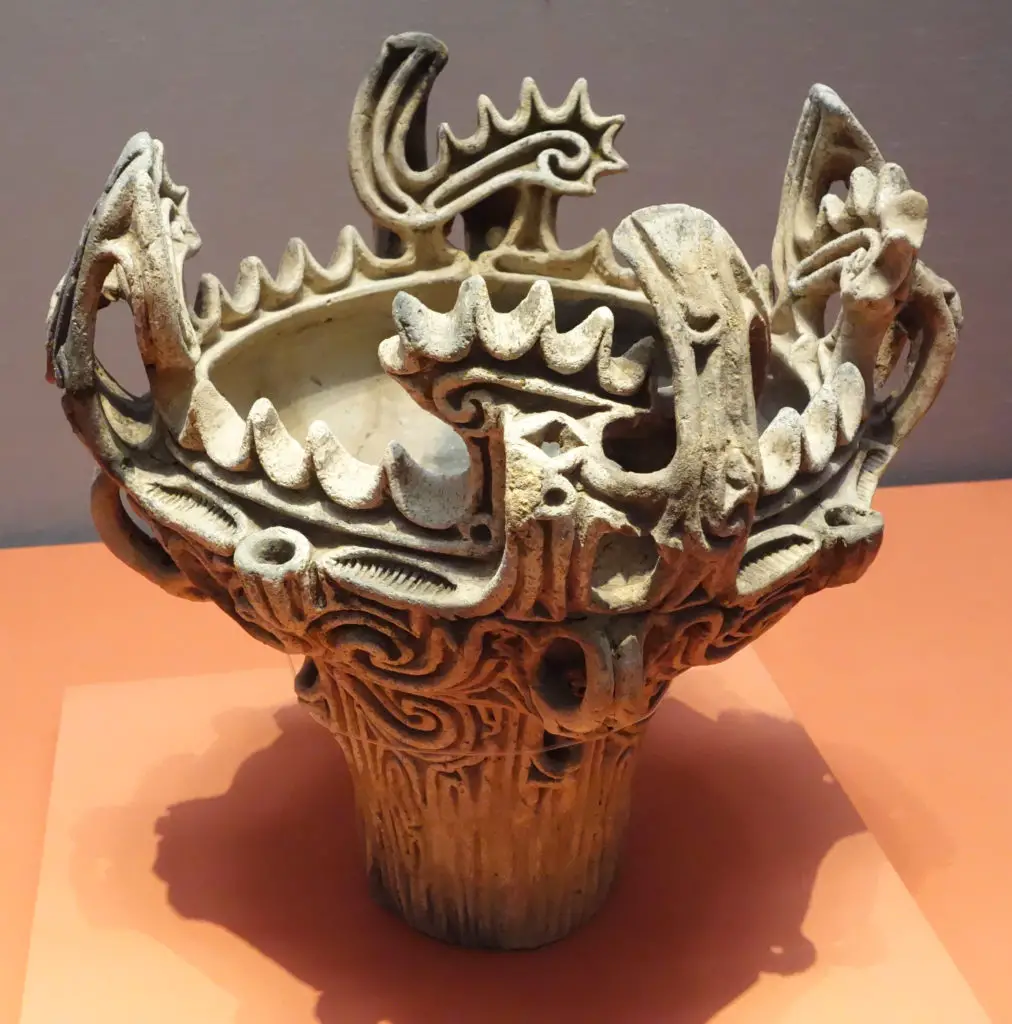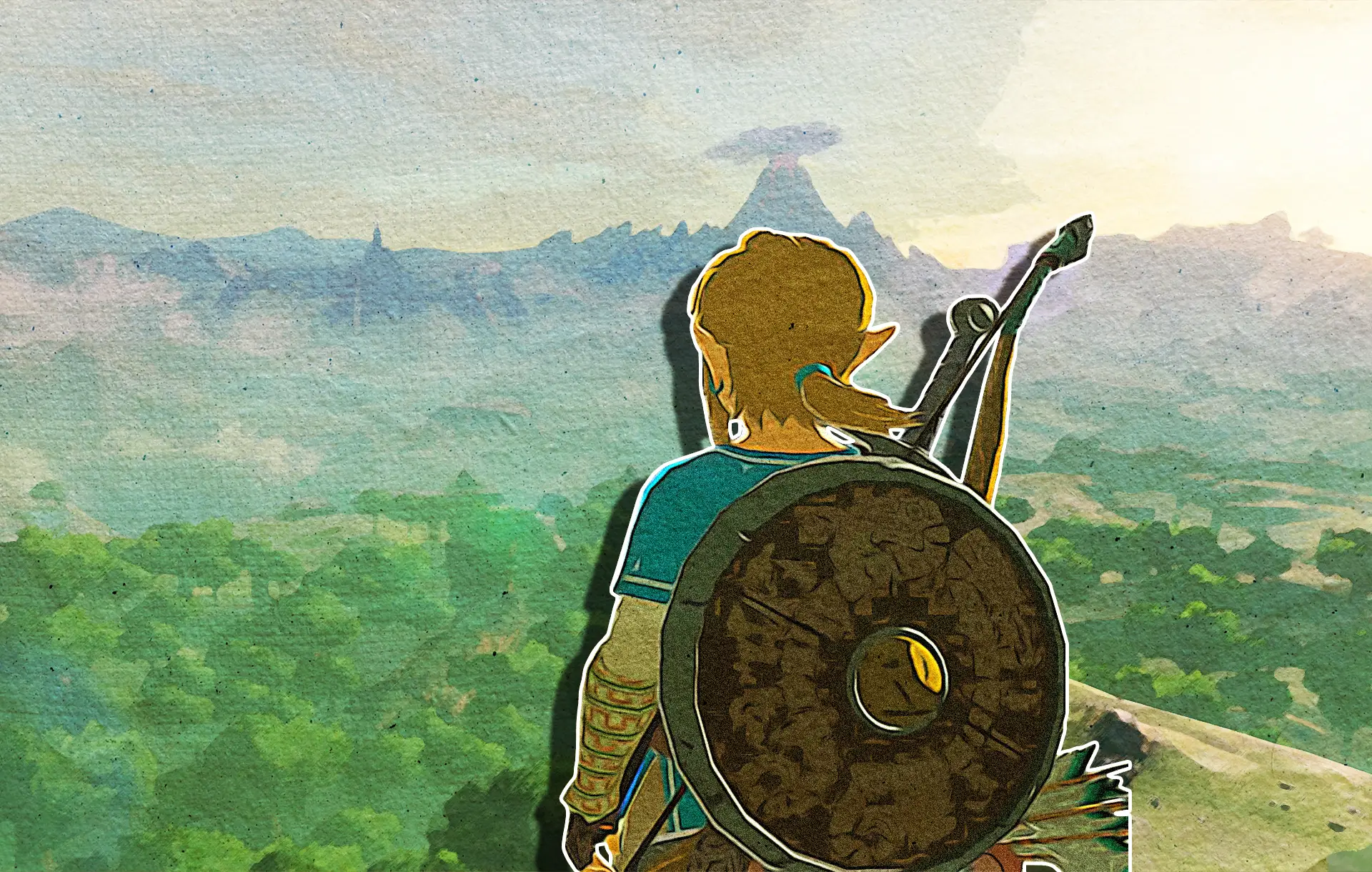Galloping on horseback through the night, the light breaks over the horizon to signal morning. The grass is wet from the morning dew upon arriving at a stable, and an ancient shrine reveals itself like a divine, glowing treasure.
Nintendo’s Legend of Zelda: Breath of the Wild is a virtually unlimited world to explore. This game is as beautiful and magnificent as an animated natural wonder. The breathtaking landscapes are almost distracting while playing the game and trying to ultimately defeat Calamity Ganon and save the kingdom of Hyrule after Link awakens from a 100-year slumber.
Originally introduced 35 years ago, this 2017 version is a diversion from almost everything players are used to, excluding the classic Legend of Zelda storyline. Surpassing all expectations relating to open-world games, it’s received raving reviews and created a lasting impact for video game designers.

As someone who isn’t considered a “gamer” by anyone’s standards, I had so much fun exploring the world of Zelda. Prior to getting a switch, my video game experience didn’t stretch much further than New Super Mario Bros. Wii. Nevertheless, I found the game easy to follow as someone who’s never played a Legend of Zelda game. It was both fun and challenging finding my way while fighting monsters, solving Shrine puzzles and uncovering secret treasures, all while marveling in the spectacular animation.
“I wanted to create a game where the user could truly experience freedom in this play field, and a sense of adventure again and again, as they freely navigate through it,” Nintendo Game Director Hidemaro Fujibayashi said at the Game Developers Conference in 2017.
Comparisons & Controversy
Typically, there are still preferred routes to guide the narrative of open-world games; however, Breath of the Wild is unique in the limited storytelling design that allows players to choose their own path and find rewards at every turn.
Since its release, comparisons have quickly emerged between Breath of the Wild and other open-world video games because of the monumental innovation for open-world gaming. For example, miHoYo studios’ Genshin Impact (2020) received widespread attention and controversy leading up to its release, largely because of the initial comparisons between the game and Breath of the Wild, based on screenshots and gameplay previews that had already been made public.
Genshin Impact’s development team acknowledged the controversy in a Sept. 2020 interview with FreeMMOstation, saying: “The Legend of Zelda: Breath of the Wild was one of our inspirations for creating Genshin Impact as an open-world action RPG. That said, it is important to note that once you actually pick up the game, you will find the experience of Genshin Impact to be very different from that of The Legend of Zelda: Breath of the Wild.”
While Genshin Impact and Breath of the Wild are both open-world, exploration-driven action-RPGs, and they share a pastel, Japanese-inspired aesthetic, many gamers have pointed out the major differences in game plot, design and play. Game reviewer for Kotaku Australia Leah Williams puts it well when she points out, “It’s a label that’s become a strange catch-all term for any game making use of a stylish open-world, climbing mechanics or player-led adventures . . . Breath of the Wild has become the measuring stick for all open-world action-adventures.”
Artistic Intentions
Beyond being a great and entertaining open-world game, one of the primary reasons I enjoy playing Breath of the Wild is for the brilliant and thoughtful art work.
The natural elements of Hyrule are mixed with ancient technology, characters of all different species, and varied styles of architecture; all of which appear like beautiful, interactive watercolor paintings. It’s clear the artistic direction is an essential part of the game’s function and success, which got me interested in the thought process behind these artistic intentions.
In the video “The making of The Making of The Legend of Zelda: Breath of the Wild Video – The Beginning,” Nintendo Art Director Satoru Takizawa says, “The Jōmon period in Japanese history was the inspiration for the Sheikah Slate, shrines, and all of the other ancient objects and structures in the game. We ended up taking that aesthetic and using it as a base to expand upon for the game’s ancient civilizations. The reason for this was because the Jōmon period is relatively unknown to much of the world. It has the nuance of mystery and wonder that we found really appealing.”
The Jōmon period is the earliest historical era of Japanese history. Travelers known as the Jōmon people arrived in Japan near the end of the Ice Age. The word Jōmon means “cord pattern,” referring to the technique of decorating Jōmon-period pottery. The remains of the Jōmon pottery itself are the oldest pottery to be dated in the world, and thousands of pieces have been found. [1]
The texture on this “flame-rimmed” deep bowl is similar to the texture of the Ancient Shrines, which act as check points in the game. It looks as if the vessel was flipped upside down, putting the artistry of the shapes and intricate line-design at the bottom of the Shrines.
From pottery to Zelda temples, the Jōmon period has resurrected just like Link has been in this game.

Screenshot of a Shrine from Breath of the Wild, taken by author 
Jōmon ‘fire-flame’ Vessel
As video games continue to grow their presence and advocate for their reputation within the modern art and entertainment world, Breath of the Wild serves as a truly impressive work of art in an unconventional medium. Given the game’s impact on others of its genre, the reverence and legacy of Legend of Zelda: Breath of the Wild is clearly well deserved.
The prequel to Breath of the Wild, titled Hyrule Warriors: Age of Calamity is out now, and Nintendo confirmed a sequel with a released teaser-trailer.




